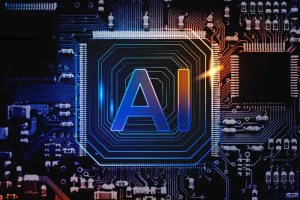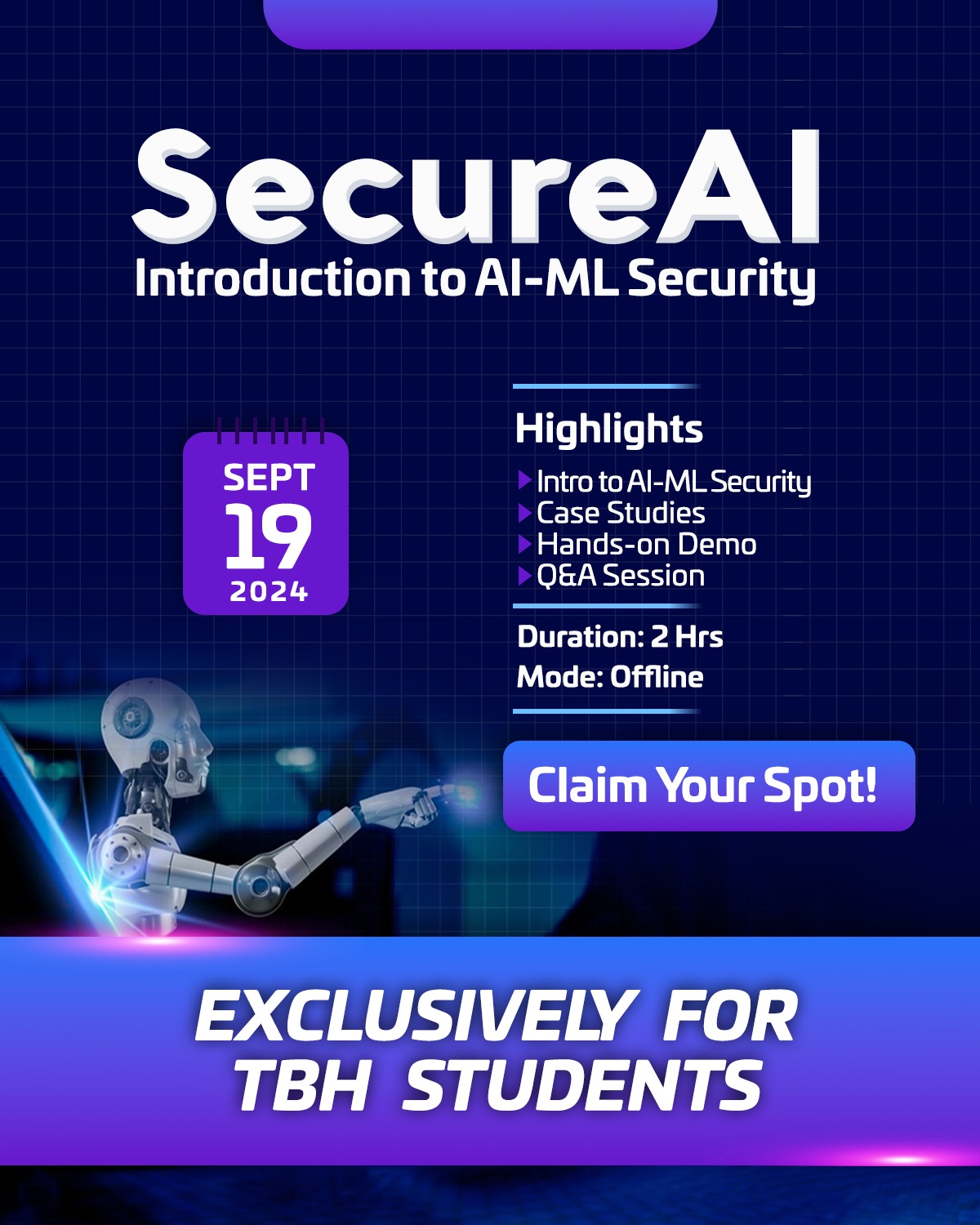Top 5 Cyber Security Trends for 2025
The year 2025 is approaching. And it is essential that companies and individuals Proactive strategies must be deployed to protect confidential information. In this article, we explore five key cybersecurity trends expected in 2025, with each trend explaining how we can best prepare For the future?
1. AI-Powered Cyber Security Solutions
Artificial intelligence (AI) is making important advances in cyber security. It changes the way organizations detect and respond to threats.
Intelligent Threat Detection
- Machine Learning Algorithms: These algorithms can analyze large amounts of data and identify patterns that indicate suspicious activity. By continuously learning with new data, AI can adjust detection strategies in real time.
- Predictive Analytics: AI tools can predict potential breaches by analyzing historical data, thus enhancing preemptive measures.

Use Case: Automated Incident Response
Imagine an AI system finding a potential breach at 2 AM. It could automatically isolate affected systems, notify IT teams, and start preliminary analysis—all without human intervention. This rapid response can significantly mitigate damages.
2. The Rise of Zero Trust Architecture
The traditional security perimeter is dissolving. The Zero Trust model operates on the principle of “never trust, always verify,” fundamentally shifting how organizations approach security.
Key Components of Zero Trust
- User Verification: Every access request, whether from inside or outside the organization, must be authenticated.
- Micro-Segmentation: Networks are divided into smaller segments, limiting lateral movement by potential intruders.
Implementation in 2025
As remote work becomes the norm, tools and policies empowering Zero Trust will be essential. Companies can expect to integrate identity and access management (IAM) solutions that fit within this framework, enhancing security without compromising user experience.
3. Enhanced Cloud Security Solutions
The cloud continues to dominate data storage and processing, but it also presents unique security challenges.
The Shift to Secure Access Service Edge (SASE)
- Combination of Network Security and WAN: SASE provides secure connectivity for remote employees, blending network security functions with cloud-based security services.
- Improved User Experience: With a focus on accessing applications securely from anywhere, SASE solutions cater to the needs of a dispersed workforce.
Focus Areas for Cloud Security in 2025
- – Ensuring compliance with regulations like GDPR and CCPA
- – Regular audits to identify vulnerabilities
- – Using encryption to secure data both in transit and at rest
4. Regulatory Changes and Compliance
With increasing data breaches and cyber crime, regulatory bodies are stepping up to ensure organizations protect user data.
Important Regulations to Watch
- GDPR Updates: Stricter penalties and updated requirements will be enforced to protect user privacy.
- Cybersecurity Maturity Model Certification (CMMC): Especially for defense contractors, aligning with CMMC standards will become crucial.
Staying Compliant in 2025
Organizations should prioritize developing robust compliance programs, including regular assessments and employee cybersecurity training sessions about data protection measures. Integrating compliance into the corporate culture will create a more secure environment.
5. Human-Centric Security Strategies
Despite technological advancements, the human element remains a critical factor in cyber security.
Building a Strong Security Culture
- Employee Training Programs: Regular cybersecurity awareness training helps employees recognize phishing attempts and other social engineering tactics.
- Encouraging Reporting: Creating a culture where employees feel comfortable reporting suspicious activities can lead to quicker responses to potential threats.
Measuring the Effectiveness of Human-Centric Strategies
- Establish metrics to gauge employee engagement with security policies.
- Utilize simulations of phishing attacks to test and refine employee responses.
“The most sophisticated security systems can be undone by one careless click. Educating employees is our strongest defense.”
Conclusion: Be Proactive, Not Reactive
As we look to 2025, it is clear that cybersecurity is an evolving field that will need to adapt to new technologies and methodologies. continuously By understanding these key AI innovations, Zero Trust architectures innovative security solutions. Regulatory changes And with a non-human focused strategy, organizations can stay one step ahead of cyber threats.









